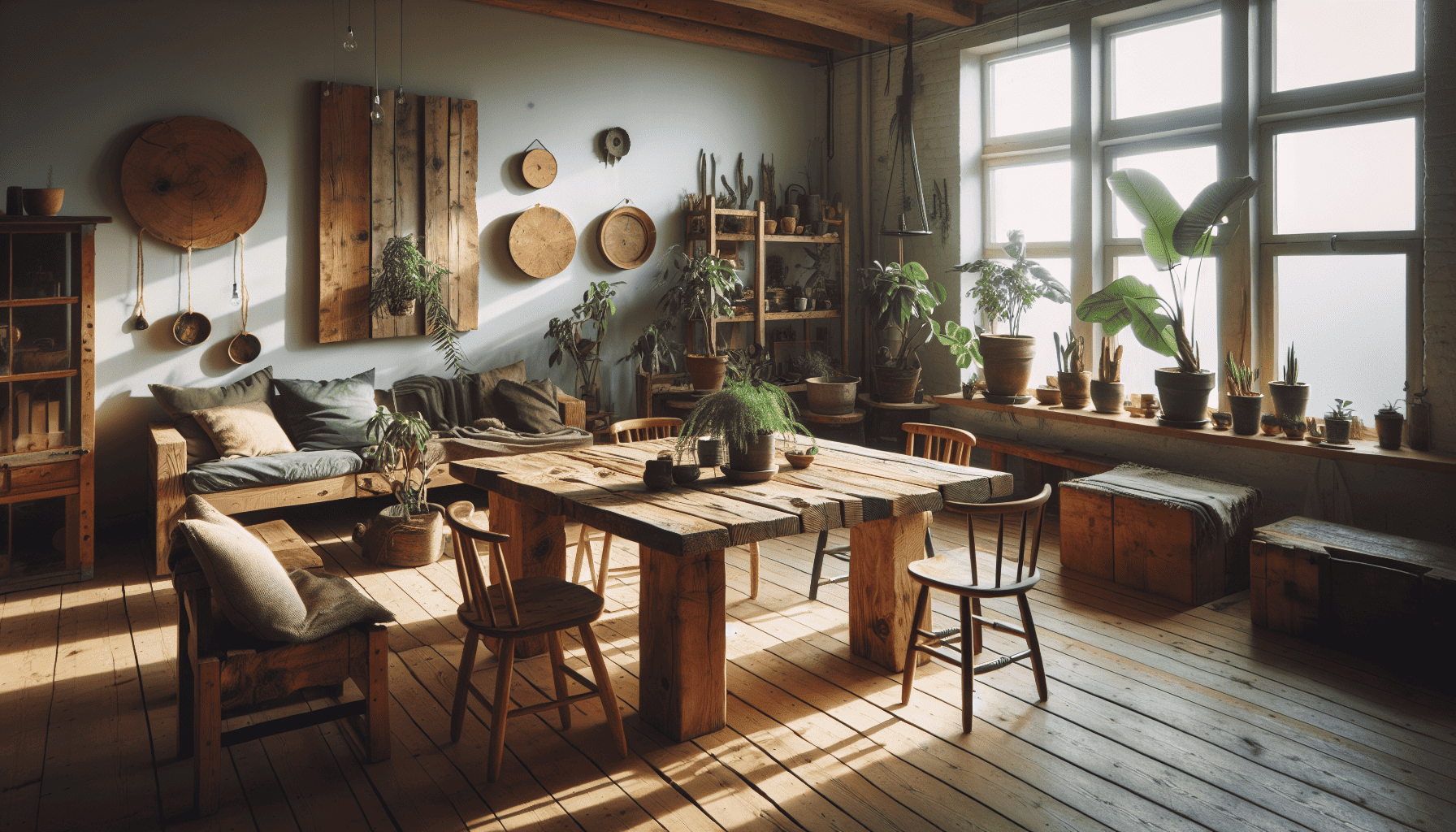In an era where sustainability is at the forefront of global priorities, eco-friendly interior design is making a significant impact. By incorporating sustainable practices and materials, you can create beautiful spaces that are also kind to the planet. Here’s a guide to some eco-friendly interior design ideas that promote environmental wellness and foster a healthier lifestyle.
1. Sustainable Materials:
Selecting materials with a low environmental impact is a cornerstone of eco-friendly design. Consider furnishings and surfaces made from recycled, reclaimed, or responsibly harvested materials. Bamboo, for instance, is a popular choice due to its rapid growth cycle and durability. Reclaimed wood offers a rustic charm and carbon-saving benefits by repurposing existing resources. For textiles, opt for organic cotton, hemp, or linens that are sourced responsibly and processed without toxic chemicals.
2. Energy-Efficient Lighting:
Lighting is a critical component of interior design, significantly impacting energy consumption. Switch to LED lights, which use substantially less energy and have a longer lifespan compared to traditional bulbs. Incorporating natural light is also beneficial. Strategically placed mirrors can amplify natural daylight, reducing the need for artificial lighting and enhancing the spaciousness of a room.
3. Non-Toxic Paints and Finishes:
Many conventional paints and finishes release volatile organic compounds (VOCs), contributing to indoor air pollution and environmental harm. Choose low-VOC or zero-VOC paints to improve indoor air quality. These options are widely available in a variety of shades, ensuring you can achieve the aesthetics you desire without compromising health or the environment.
4. Efficient Appliances and Fixtures:
Updating to energy and water-efficient appliances and fixtures can drastically reduce your resource consumption. Look for ENERGY STAR-rated appliances, which meet stringent efficiency standards, helping to lower your utility bills while protecting the environment. Installing low-flow faucets and showerheads can minimize water use without sacrificing performance, an essential step in water conservation.
5. Upcycling and Vintage Finds:
Give old furniture a new lease on life with upcycling—a creative way to personalize your home and reduce waste. Repurposing vintage pieces adds character and uniqueness to your space, often more than brand-new items could. Thrift stores, estate sales, and flea markets are great places to find one-of-a-kind treasures with stories of their own.
6. Indoor Plants and Biophilic Design:
Integrating plants into your interior design not only enhances aesthetics but also improves air quality and emotional well-being. Explore biophilic design principles by incorporating natural elements, such as indoor gardens, green walls, or ample windows with views of nature. This connection to the natural world can reduce stress and promote a more harmonious living environment.
7. Modular and Multi-Functional Furniture:
Consider investing in modular and multi-functional furniture, which can adapt to various needs and maximize space efficiency. Think of sofas that transform into beds or tables that expand for dining. Such innovative designs reduce the need for excess furniture, ultimately lowering your environmental impact by producing fewer resources.
8. Smart Technology:
Incorporating smart home technology can lead to significant energy savings. Smart thermostats, for example, learn your schedule and adjust temperatures accordingly, reducing energy waste. Similarly, smart lighting systems can be programmed to turn off when not in use, ensuring there’s no unnecessary energy consumption.
By integrating these eco-friendly interior design ideas, you can create a home that harmonizes with nature and fosters sustainability. These practices not only benefit the environment but also contribute to a healthier, more balanced lifestyle. Tailor them to your personal style, and you’ll find that eco-conscious living can be both beautiful and fulfilling.
